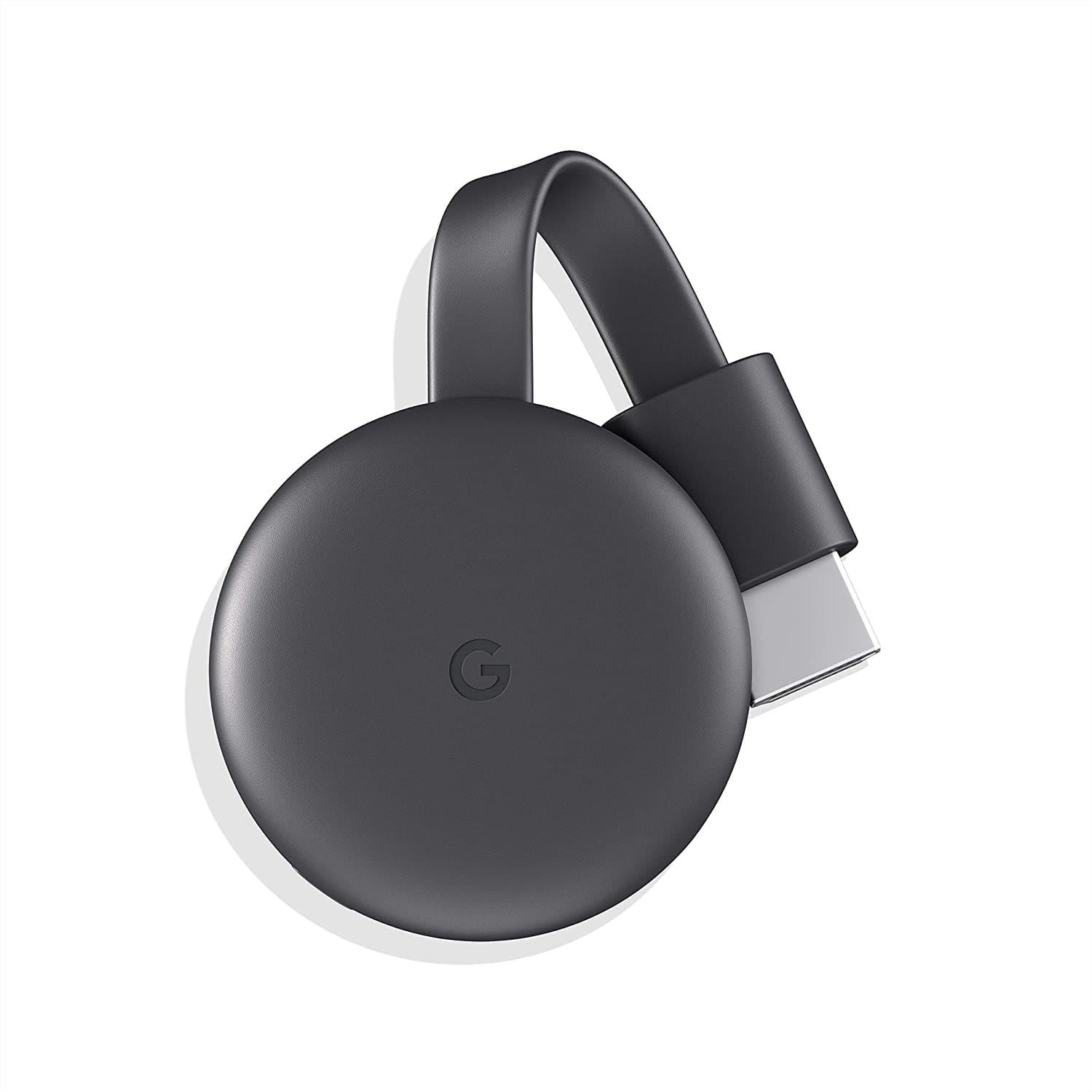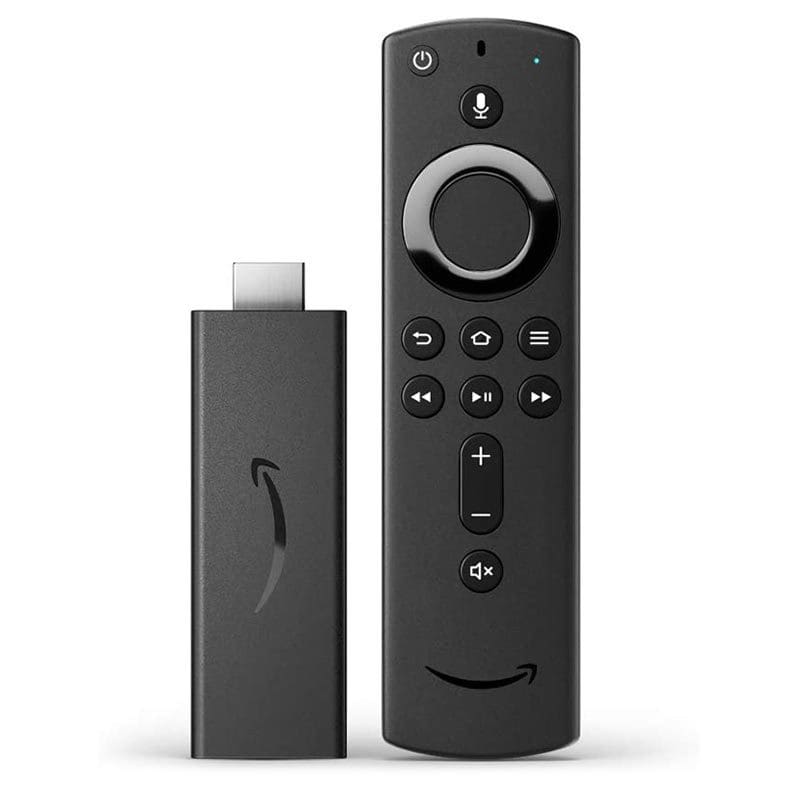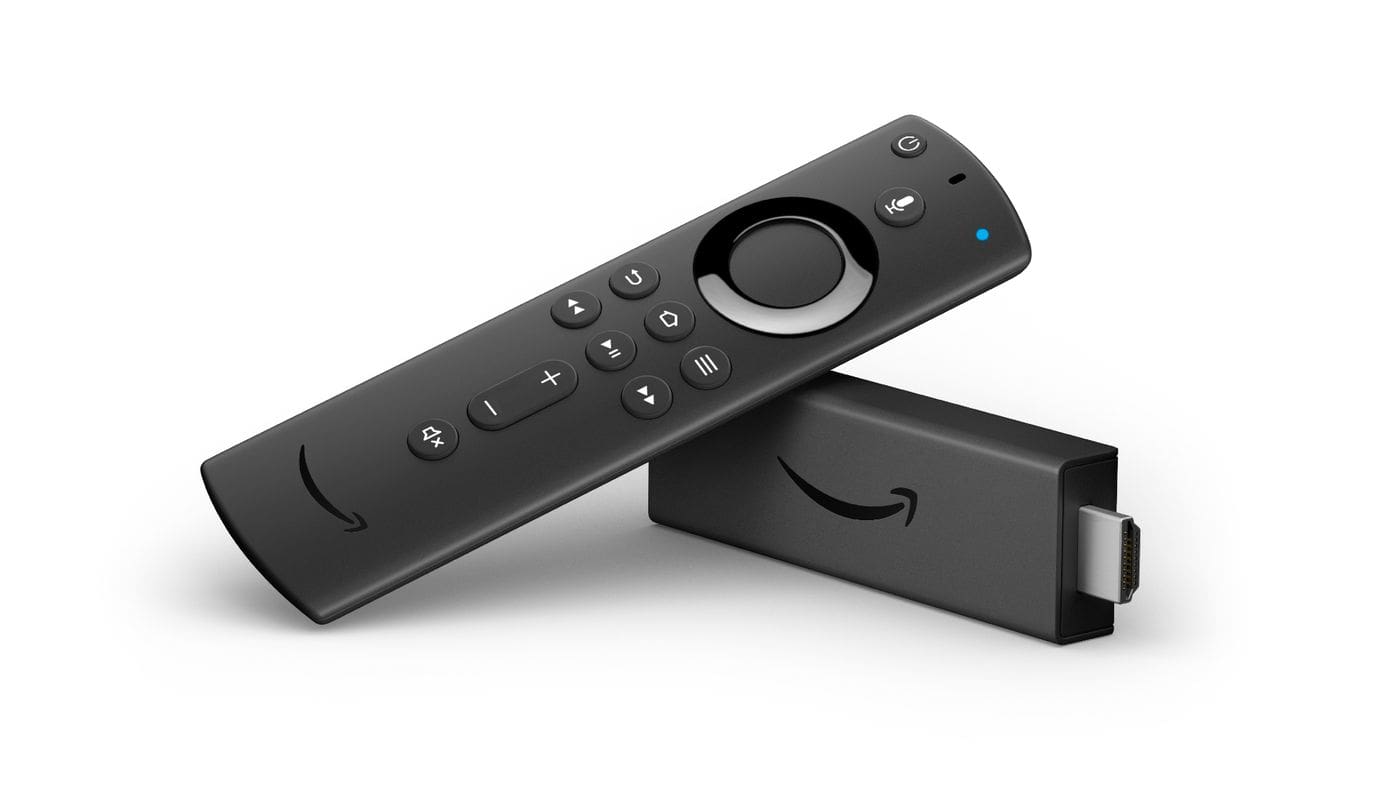Technology integrated into modern devices like Chromecast and Fire TV Stick has transformed how we stream content on our televisions. These smart devices allow us to see whatever we want, whenever we want. However, when it comes to selecting one for yourself, there is a lot of consideration to choose the right pick. Chromecast and Fire TV Stick usage varies from case to case, and buying one depends upon several different factors.
This article will go over some of those aspects in detail to select the device for yourself. If you need to decide between different variants of Chromecast, follow this comparison to come up with the final verdict.
Chromecast vs. Fire TV Stick: which one should you choose?
1. Price & Value

Price & Value
When buying a smart TV accessory, the first thing you need to look at is its price. Right off the shelf, Chromecast is cheaper than the Fire TV Stick. Here, we will assume that you will be purchasing a new one from the official store. The retail price of Chromecast is 40 USD, whereas that of the Amazon Fire TV Stick is 55 USD. This is not where the price comparison ends. We also need to look at what you get in these price tags. You will receive the device itself and an HDMI cable for the $40 that you give to Google for the Chromecast. There is no remote included in this package. The cable, however, is quite flexible and of high quality. This makes it easier for you to install Chromecast in a tight space behind your flat-screen television. You do not get a remote along with the Chromecast that already validates the lower retail price.
On the other hand, when you purchase an Amazon Fire TV Stick, you also get a voice-enabled remote control with many valuable features. Thus, you will have to choose whether to buy the complete package at a higher price or have the device at a much lower cost and then get the remote for it separately. Also, if you have a smart TV at your home, you probably won’t have to buy a separate control for the Chromecast. All features presented on the latest version of Google Chromecast can be accessed with the buttons available on any standard TV remote. Here is the guide on how to use your TV remote for Chromecast. A lite version of the Fire TV Stick is also available in the market. Unfortunately, though, the remote that comes along with it does not justify the price it is sold at. Therefore, we only recommend choosing between the standard versions of Chromecast and Fire TV Stick.
2. Design & Build

Design & Build
Now that we have sorted out the price problem, the next step is to look at the design of these two devices. So that you know, similarities between these two devices only lie in their functions. They are entirely different visually. All Google Chromecast devices are rounded on one end with an HDMI connector on the other side. Only one variant comes in white, while all versions have a signature black outlook. The cable that stretches out of the Google Chromecast is not long. It can be helpful because you can set it up right next to the port behind your television. This hides the device and relieves you of any cable management problems. As we have already described, the cable is quite flexible and bendy, enabling you to fit it in unusual configurations. Depending upon the variant you have, the rounded portion of the device also displays either the Google or Chrome logo.
The Fire TV Stick has a much simpler design. It is like a regular USB stick with the port connection sticking out from one end. It also comes with an extension cable, but it is not used more often than not. Since the stick itself provides a relatively firm and neat connection with the port on your TV, there is no need to add in the extra cable. The Amazon Fire TV Stick can only be described as a blank brick. It is pitch black and only has the iconic Amazon arrow marked on its sides. The remote control that comes with the Fire TV Stick is quite simplistic. The overall look of the package is minimalistic, and the buttons on the remote do not look overwhelming at all. The channel buttons are fused in a shiny ring at the top adjacent to the voice command. There is nothing that feels complicated or over-designed.
3. Features & Specifications

Features & Specifications
As you would have already expected, Chromecast and Fire TV Stick are stuffed with features. They compete globally, which drives them to add as much as they can to their devices. Chromecast is known to be an easy-to-use product. It can be set up within minutes, allowing you to enjoy HD streaming as soon as you get the device. Google Chromecast lets you cast content from other devices onto the television screen. This can be done through the casting feature available on phones, tablets, and laptops. With this, you can use the high-quality screen of your television as an extension of your mobile devices.
Moreover, if you have Google Home installed on your devices, the Chromecast can be managed through voice command. Chromecast has secured a well-maintained position in this challenging market by providing the ideal combination of simplicity and functionality.
Fire TV Stick has no shortage of features either. It provides Full HD streaming along with the top-notch Alexa voice assistant. You can use it to stream content on Netflix, YouTube, Amazon Prime, or Cable without even having to lift your hand. The Fire TV Stick also works perfectly with your TV accessories, including speakers, soundbars, and digital cable antennas. With increased picture quality and negligible latency in every new model, the Fire TV Stick impresses more and more customers every year. With integrated support for Dolby Atmos, the audio quality is on par with the video features. The Fire TV Stick also comes with a whopping 8 GB ROM and 2 GB RAM. Another feature that sets it apart from its competitors is that the Fire TV Stick can be controlled with Bluetooth, maximizing connectivity between different devices. An external dongle also provides an impressive casting range that can easily cover the entire house.
4. Performance & Quality

Performance & Quality
Both Chromecast and Fire TV Stick can stream content in Full HD quality. Chromecast can feed the video content without buffering for an instant. As long as your internet speeds match up, it can stream high-quality content with no lag or delay whatsoever. Whenever Chromecast is used to cast content from mobile or laptop, the video plays on both devices simultaneously. This shows that there is non-existent latency, thanks to the incomparable performance of Google Chromecast. It is famous for its responsiveness when working with Video-on-Demand streaming services. Some Chromecast users reported bugs and slow loading times in the initial renderings of this device; however, they were catered for by the development team at Google in subsequent versions. The fact that you can get a great streaming device at such a low price is fantastic. It supports all the features a regular user might need and performs excellently under increased load.
Now, let us discuss the performance of the Amazon Fire TV Stick. According to the claims from its manufacturers, the current version of the Fire TV Stick is 50% more powerful than the 2019 model. The faster CPU and GPU installed in these Fire TV Sticks certainly improve performance in some regards. Moreover, Amazon has started releasing Fire TV Sticks with upgraded RAM chips. However, several users still report issues that do not go well with the promises. Fire TV Stick can support multiple devices on a single channel. This feature is quite useful, but it can also clog up the network efficiently. As a result, users feel like their TV is performing slower than usual. One good thing is that Amazon has started rolling out the support of Wi-Fi 6.0. This move is expected to increase the quality and speed of these sticks even more. That’s because the performances of Chromecast and Fire TV Stick are more dependent on internet speeds than their processing capabilities.
Conclusion
There are many video streaming services available at your disposal. But the devices you need to access these services and stream content from them are limited. The only two good choices are the Google Chromecast and the Amazon Fire TV Stick. Both of these devices have their own sets of pros and cons. With increased competition and the race for being the best, Google and Amazon have packed their streamers with extraordinary facets.
Whether you need Chromecast or Fire TV Stick depends on your budget, your TV set, and how you use digital media players. We should let you know that both Chromecast and Fire TV Stick support tons of Full HD applications and channel sources. So even if you are using one of them already, there is no harm in going over and exploring the other one too.
